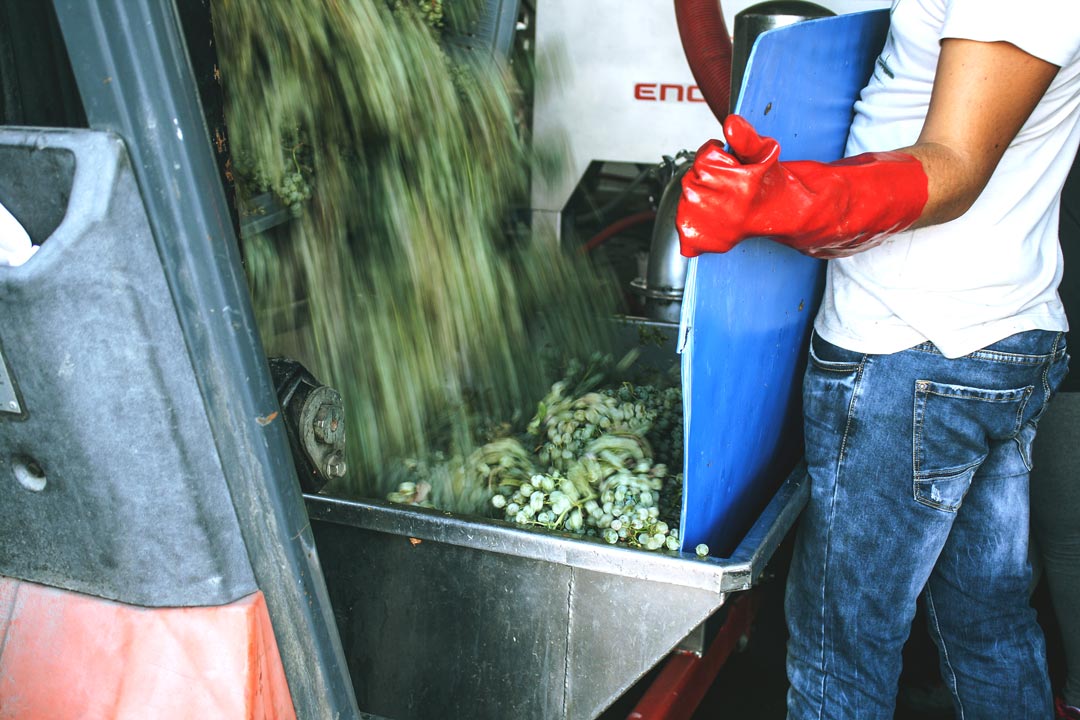But those same torturous hillsides and valleys create a landscape of innumerable micro-climates, which results in an incredibly rich diversity of wine styles. The same variety of grape planted in a warm south-facing valley at low altitude will taste very different when planted on higher altitude slopes facing east – the first will develop a very rich and concentrated character while the other will produce a very elegant and fresh wine.

